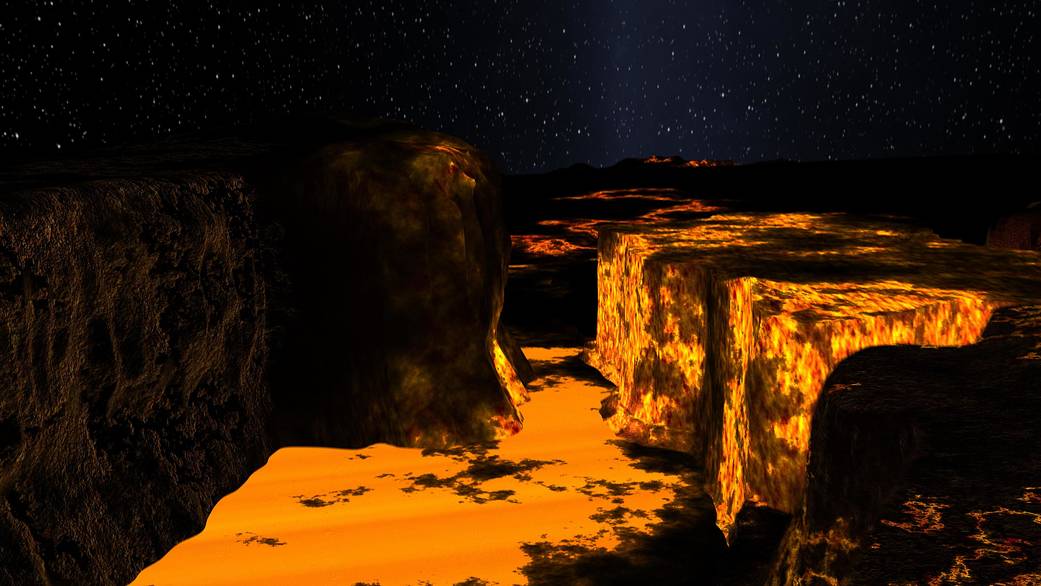
The daytime temperature’s expected to be more than 2,500 degrees Fahrenheit, hotter than lava flows here on Earth, hot enough to melt iron! Many years ago, before Kepler launched, members of what became the Kepler team built a robotic telescope at Lick Observatory to learn to do transit photometry-detecting drops in brightness of stars when planets pass in front of them. We called it the “Vulcan Telescope,” named after the hypothetical planet that scientists in the 1800’s thought might exist between the Sun and Mercury. A planet that might explain the small deviations in Mercury’s orbit that were later explained with Einstein’s theory of general relativity.
Vulcan is the god of fire in Roman mythology, a name befitting of a world so close to the Sun. The artist’s rendering of Kepler-10b is reminiscent of that hypothetical planet Vulcan. The Kepler team came full circle in its quest. We know that we’ve only begun to imagine the possibilities.Image Credit: NASA/Kepler Mission/Dana Berry

























